Catocala robinsoni
Catocala robinsoni
kah-TOCK-uh-lah
mm
ROB-in-sun-eye
Grote, 1872
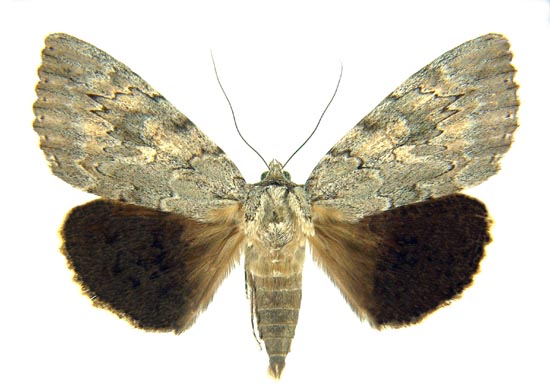
Catocala robinsoni by of Vernon A. Brou, Louisiana.
This site has been created by
Bill Oehlke at oehlkew@islandtelecom.com
Comments, suggestions and/or additional information are welcomed by Bill.
| TAXONOMY:
Superfamily: Noctuoidea
Family: Noctuidae
Group: Noctuinina
Subfamily: Catocalinae
Genus: Catocala, Schrank, 1802
|
DISTRIBUTION:
It has also been reported in
Alabama,
Connecticut,
Georgia,
Iowa,
Kansas,
Kentucky,
Louisiana,
Massachusetts,
Mississippi,
New Jersey,
New York,
North Carolina,
Ohio,
Pennsylvania,
Rhode Island,
South Carolina,
South Dakota,
Tennessee,
Virginia
West Virginia.
Robinsoni have relatively plain pale grey forewings. The female has a basal dash which is absent in the male.
Currata French, 1882, is the female form, having a weak basal dash.
The rare form missouriensis Schwarz, 1915, has a dark, broad bar extending from the basal area to the outer margin just below the apex.
The lighter grey reniform and subreniform spots break the bar in missouriensis, found from Pennsylvania to Florida.
All forms have white fringe on the hindwings, and the bands on the ventral surface are very prominent.
Robinsoni is listed as a vanishing insect in Michigan and South Carolina and is probably rare throughout the rest of its range.
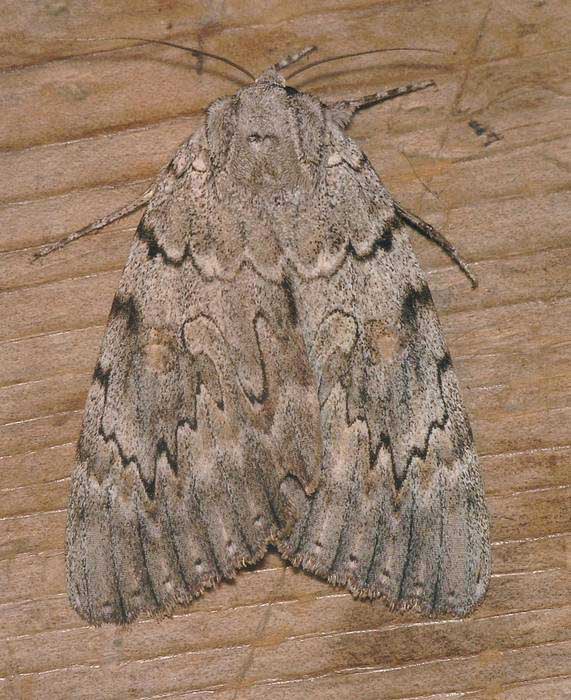
Catocala robinsoni, Ozark Mountains, south western Searcy County, Arkansas,
October 2, 2011, courtesy of Marvin Smith, id by Bill Oehlke.
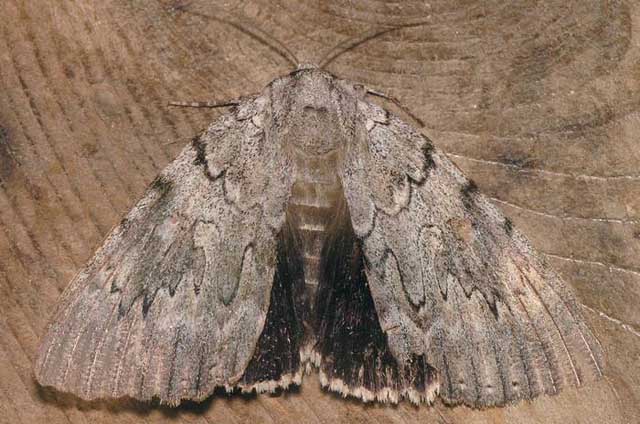
Catocala robinsoni, Ozark Mountains, south western Searcy County, Arkansas,
October 2, 2011, courtesy of Marvin Smith, id by Bill Oehlke.
FLIGHT TIMES AND PREFERRED FOOD PLANTS:
Catocala robinsoni are on the wing from late July to early October (October 11).
The Catocala robinsoni caterpillar feeds on Juglans, Carya and Quercus.
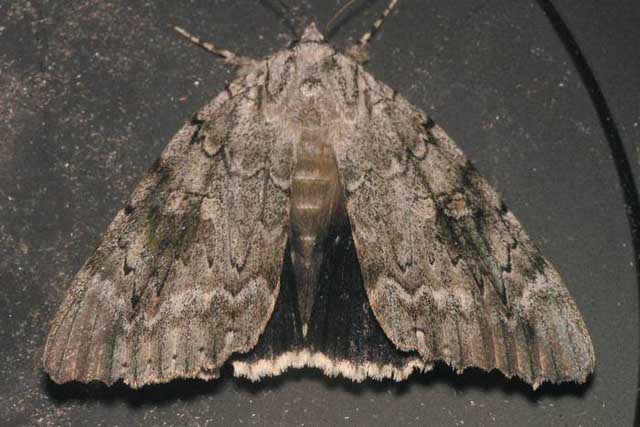
Catocala robinsoni, Ozark Mountains, south western Searcy County, Arkansas,
October 2, 2011, courtesy of Marvin Smith, id by Bill Oehlke.
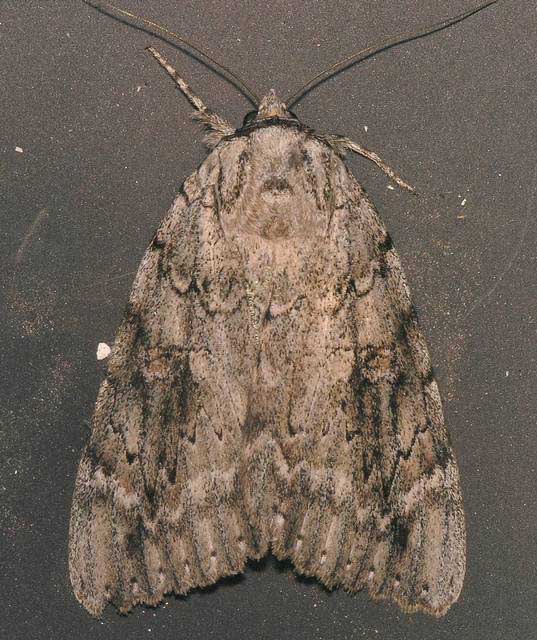
Catocala robinsoni, Ozark Mountains, south western Searcy County, Arkansas,
October 2, 2011, courtesy of Marvin Smith, id by Bill Oehlke.
ECLOSION:
Adults eclose from pupae at soil surface.
SCENTING AND MATING:
Catocala robinsoni females emit an airbourne pheromone and males use their antennae to track the scent plume.
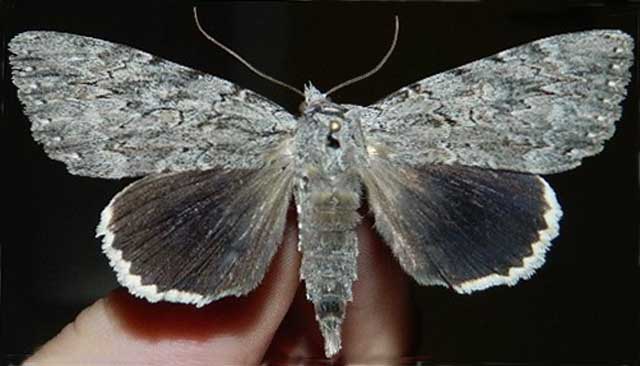
Catocala robinsoni male, Whitley County, Indiana,
September 8, 2017, courtesy of Tim Loeffler.
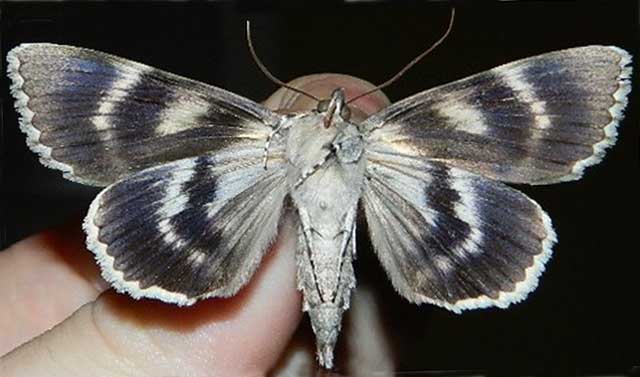
Catocala robinsoni male (verso), Whitley County, Indiana,
September 8, 2017, courtesy of Tim Loeffler.
EGGS, CATERPILLARS, COCOONS, AND PUPAE:
Eggs are deposited on tree bark in the fall and hatch the following spring.
Larval Food Plants
Listed below are primary food plant(s) and alternate food plants. It is hoped that this alphabetical listing followed by the common
name of the foodplant will prove useful. The list is not exhaustive, although some species seem very host specific.
Experimenting with closely related foodplants is worthwhile.
Carya ovata
Juglans
Quercus alba.......
| Shagbark hickory
Walnut
White oak
|
Use your browser "Back button to return to the previous page.
Goto Main Catocala Index
This page is brought to you by Bill Oehlke and the
WLSS. Pages are on space rented from Bizland. If you would like to become a "Patron of the Sphingidae/Catocala Sites",
contact Bill.
Please send sightings/images to Bill. I will do my best to respond to requests for identification help.
Enjoy one of nature's wonderments: Live Saturniidae (Giant Silkmoth) cocoons.

|

To show appreciation for this site, click on the flashing
butterfly to the left, a link to many worldwide insect sites. |
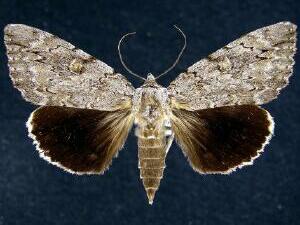
Catocala robinsoni, on my home computer only.
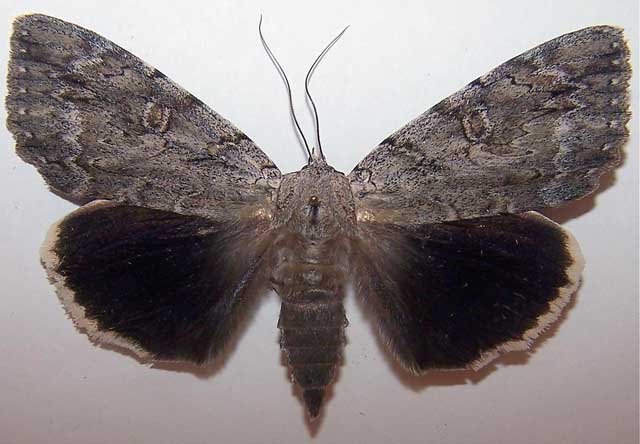
Catocala robinsoni, on my home computer only.










